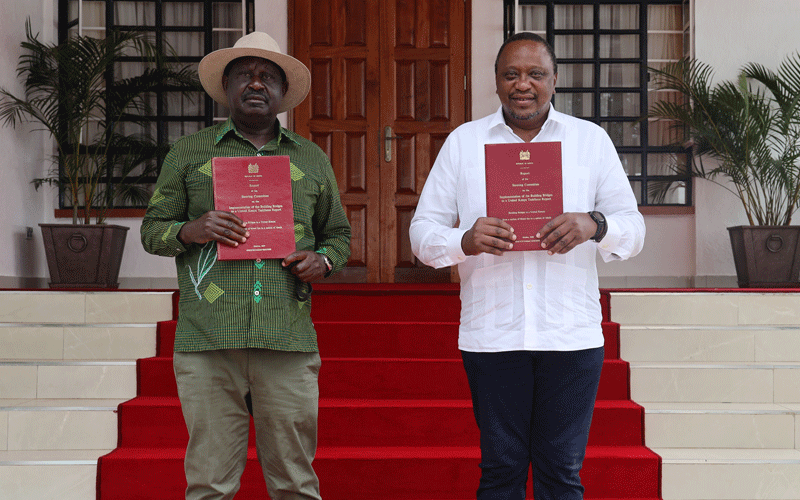Kenya needs clear public participation framework
By Raphael Obonyo, November 17, 2020The Building Bridges Initiatives (BBI) proposes two closely knit game changing proposals— increase in county allocations from 15 to 35 per cent and elaborate framework for public participation.
Although public participation has been spelt out in the 2010 Constitution, an enforceability framework has been lacking since it has not been defined elaborately.
Devolution had gained currency as a panacea for marginalisation and exclusion of some regions due to policies adopted after independence of channeling resources where maximum returns were guaranteed.
Devolution, following the March 2013 general elections, fully dismantled this.
It saw a sizeable portion of public finances and responsibility for service delivery in health, agriculture, urban service and local infrastructure rapidly getting devolved to 47 county governments.
But there have been concerns public participation has lacked, leaving development projects to the whims of county leadership. In Makueni, with few model development projects, the governor has cited it as his strongest pillar.
As Prof Karuti Kanyinga, a governance expert noted, drafters of the constitution had in mind an approach where people would provide input in decisions affecting their lives.
It was conceived this would also provide them with checks and oversight on what both governments were doing.
It was specifically embedded in public decision making to prevent government officials from thinking for people, where they have scored poorly.
One key output of public participation is that it helps people identify projects or issues.
With more resources at their disposal, as the BBI report recommends, a well-structured public participation will bring about development that identifies priority issues.
It will also enhance areas of collaboration between county and national governments, which has been lacking in many huge national infrastructural projects undertaken in recent years.
The second point is effective public participation results in project ownership by those it is meant to serve.
And finally, increased citizen participation enhances accountability in local governance, which would lead to a decrease in corruption.
A word of caution though: public participation can turn into a poisoned chalice in an ethnically divided society like ours.
If the counties meet with a small number of people, they risk litigation or having their governance fail in the legitimacy test.
Similarly, widening the scope too far might leave leadership with a diverse pressing need that cannot all be met with available resources.
Another important component is timing: at what stage of governance process will it be the most effective or beneficial.
However, it is becoming increasingly accepted both in the country and in global best practice that budgetary planning process represents the ideal opportunity to engage with citizens in a focused way and this is when the decisions are made over the way in which resources are to be distributed.
County governments must develop a mechanism in which the outcome of public participation is translated into the budget planning process.
This will require counties to answer difficult questions, such as how much weight to give to public consultations, and how to accommodate divergent points of view.
While it is important that citizens’ views are not ignored, it is also important the public understands that counties will not be able to respond to all of their demands. — The writer is a Public Policy Analyst — raphojuma@hotmail.com
More Articles

